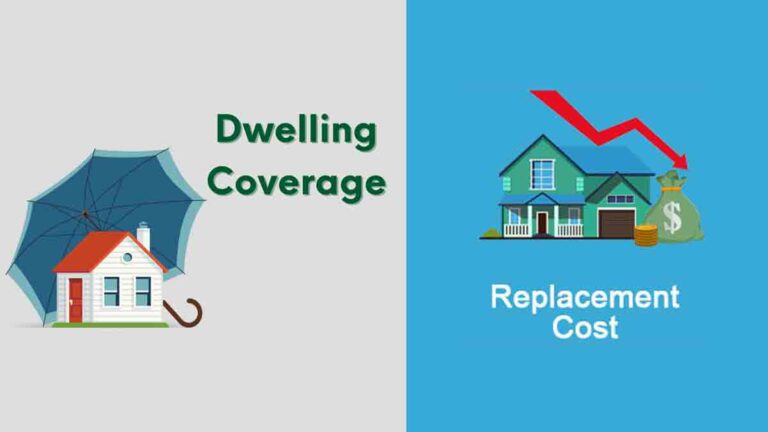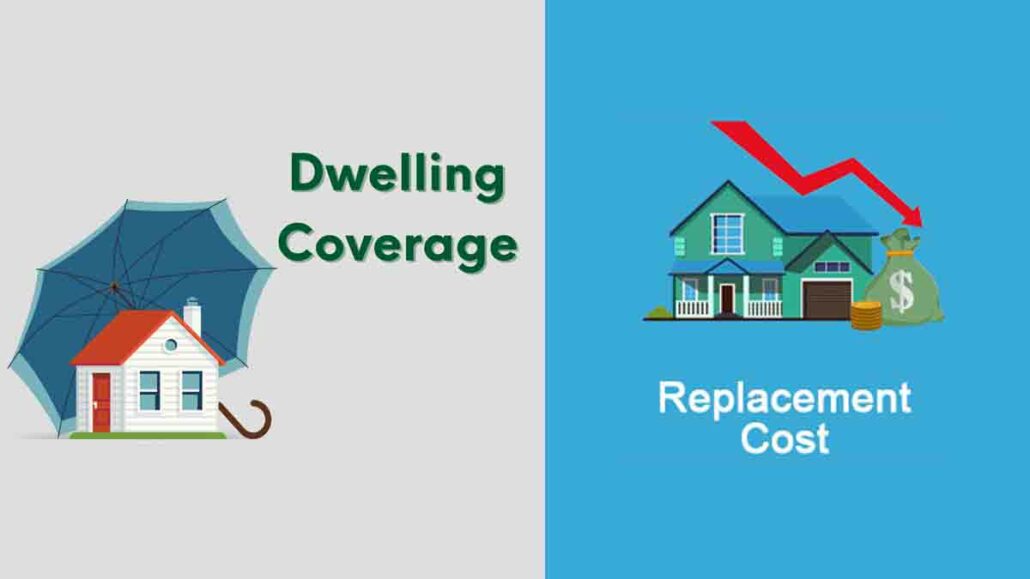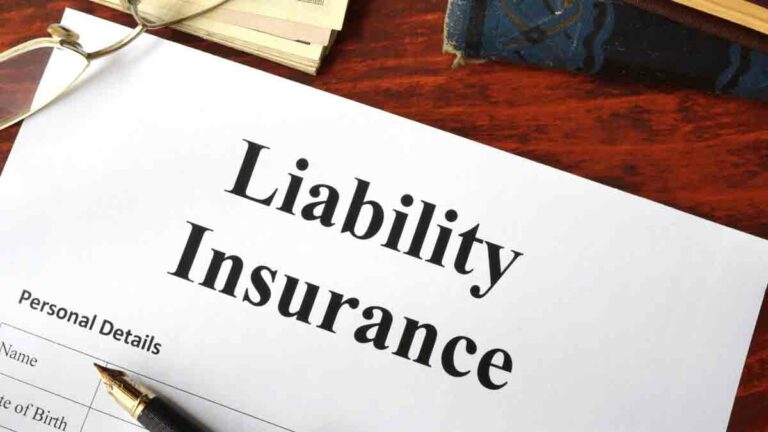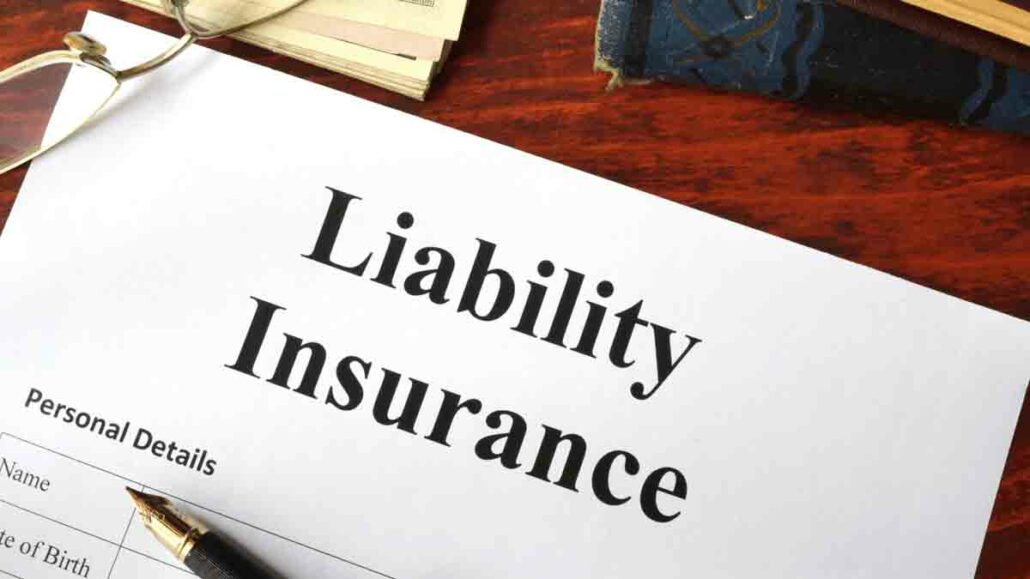Life insurance for kids might seem counterintuitive, but it’s a thoughtful investment in your child’s future. While the primary focus is on the child’s well-being, this policy offers a financial safety net for parents in the unfortunate event of their child’s passing. The death benefit can cover funeral expenses, medical bills, or other financial burdens, providing much-needed relief during a difficult time.

Beyond the immediate financial support, life insurance for children can also serve as a long-term financial planning tool. Many policies accumulate cash value over time, which can be used for college tuition, a down payment on a home, or other significant life events. It’s a way to secure your child’s financial future and give them a head start.
What is Life Insurance for Kids?
Life insurance for children is a policy that provides a financial payout if a child passes away. Unlike adult life insurance, which primarily focuses on income replacement, child life insurance is designed to cover funeral expenses, medical bills, and other costs associated with a child’s death.
Types of Life Insurance for Kids
There are primarily two main types of life insurance policies available for children:
Term Life Insurance
This policy provides coverage for a specific period, such as 10, 20, or 30 years. If the child passes away during this term, the death benefit is paid to the beneficiary. The advantage of term life insurance is that it is generally more affordable than whole life insurance.
Whole Life Insurance
This policy provides lifelong coverage, meaning it remains in effect as long as the premiums are paid. In addition to the death benefit, whole life insurance policies build cash value over time. This cash value can be accessed by the policyholder for various needs, such as education expenses or emergencies. While more expensive upfront, whole life insurance can be a valuable long-term investment.
It’s important to note that some parents opt to add a child rider to their own life insurance policy rather than purchasing a separate policy for their child. This option typically offers lower coverage amounts but can be a more cost-effective approach.
Benefits of Life Insurance for Kids
Life insurance for children offers several advantages beyond financial protection in case of the unthinkable. One of the primary benefits is guaranteed insurability. By securing a policy early, parents lock in coverage for their child, regardless of their health condition later in life. This is particularly valuable for children with a family history of medical issues. Additionally, premiums are significantly lower for young children compared to adults, making it an affordable way to invest in their future.
Moreover, some life insurance policies build cash value over time. This can serve as a financial resource for the child when they reach adulthood, potentially covering expenses such as college tuition, a down payment on a home, or starting a business. While life insurance for children might not be a top priority for all parents, understanding its potential benefits can help families make informed decisions about their child’s financial security.
Factors to Consider When Buying Life Insurance for Kids
Deciding to purchase life insurance for your child is a significant decision. Several factors should be carefully considered before making a purchase. Firstly, assess your family’s financial situation and determine if you can comfortably afford the premiums. While the cost of insuring a child is relatively low, it’s essential to prioritize your family’s current financial needs.
Secondly, consider the specific type of coverage that best suits your child’s needs and your family’s goals. Evaluate whether term life insurance or whole life insurance is more appropriate based on your priorities. Additionally, explore the potential benefits of cash value accumulation if you choose a whole life policy. Lastly, compare policies from different insurers to ensure you’re getting the best value for your money. Consider factors such as policy terms, coverage amounts, and the insurer’s financial stability when making your selection.
How to Choose the Right Life Insurance Policy
Selecting the appropriate life insurance policy for your child requires careful consideration. Here are key factors to guide your decision:
- Assess Your Child’s Needs: While it’s difficult to predict future needs, consider potential financial burdens like education, medical expenses, or other life events.
- Determine Your Budget: Life insurance premiums vary based on coverage amount and policy type. Establish a budget that aligns with your financial capabilities.
- Consider Policy Types: Evaluate the benefits of term life insurance (temporary coverage) and whole life insurance (permanent coverage with cash value). Choose the option that best suits your child’s needs and your financial goals.
- Compare Insurers: Research different insurance companies, considering factors like financial stability, customer reviews, and claim settlement processes.
- Understand Policy Details: Carefully review policy terms, conditions, and exclusions. Pay attention to factors like waiting periods, riders, and any limitations.
- Seek Professional Advice: Consulting with a financial advisor can provide valuable insights and recommendations tailored to your specific circumstances.
Remember, choosing the right life insurance policy is a long-term commitment. By carefully considering these factors, you can make an informed decision that provides financial security for your child’s future.
FAQs About Life Insurance for Kids
Is life insurance for kids necessary?
The decision to purchase life insurance for your child is a personal one. While not mandatory, it can provide financial security and peace of mind.
When should I buy life insurance for my child?
You can purchase life insurance for your child at any age, but it’s often done when they are young to lock in lower premiums.
How much life insurance do I need for my child?
The amount of coverage you need depends on your financial situation and the potential costs associated with your child’s death.
Can I use the cash value of a child’s life insurance policy while they are alive?
Yes, whole life insurance policies build cash value over time, which can be accessed through loans or withdrawals.
What happens to the life insurance policy if my child becomes an adult?
You can transfer ownership of the policy to your child when they reach a certain age. They can then decide whether to continue paying premiums or convert the policy to another type of insurance.
Conclusion
Life insurance for kids is an important consideration for parents who want to protect their children’s future. By understanding the different types of policies, factors to consider, and common myths, you can make informed decisions to safeguard your family’s financial well-being.


















